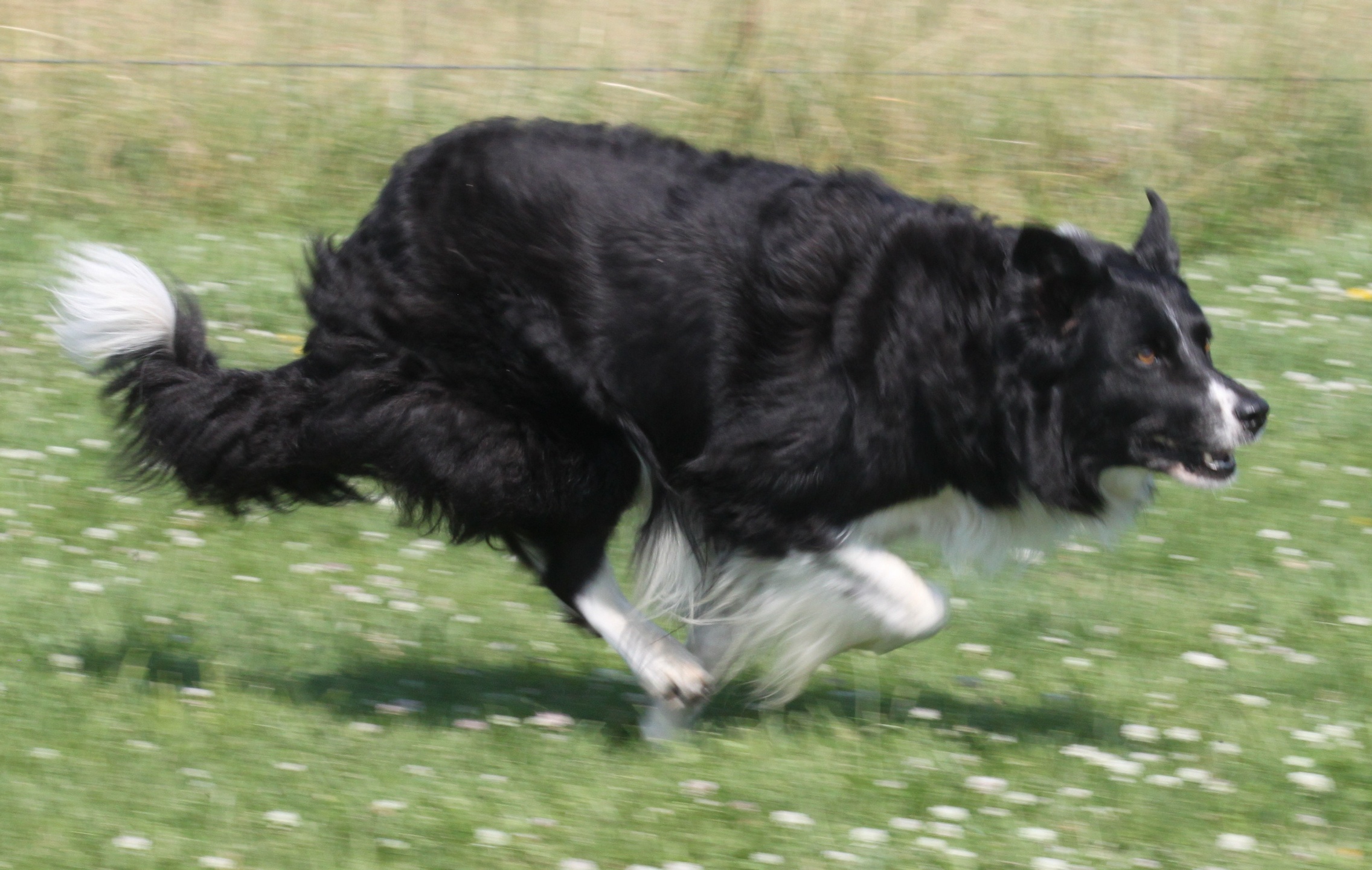PHD Blog 4 - What Is My Dog Thinking?
What is my dog thinking?
Harried handler: My biggest herding challenge right now is getting a mental yield on my very intense young dog. She may yield with her body but she does not disengage/yield mentally.
It is easy to watch your dog, especially when they are doing something that you don’t want them to do, and feel that you know exactly what they are thinking. Let’s do a quick test and see if we can all agree on what Sir is thinking during this clip:
The problem is that we can waste a lot of time trying to intuit why our dogs did something. Our time is much better spent observing how our dogs behave and comparing that to how we want our dogs to behave.
- What is our dog doing?
- What do we want our dog to do instead?
- What steps do we have to take to build the behavior we have into the behavior we want?
Spend your time honing your observation skills rather than worrying about what your dog is thinking. In my book, I discuss how important it is to closely observe our dog’s behavior. In this excerpt, I talk about how important observation is to getting correct timing for marking a behavior but carefully observing your dog’s behavior helps you train more precisely and quickly in many ways.
From Positive Herding 101:
Timing
Precise timing is crucial for telling your dog what behavior you want more of. The smaller the movement you desire, the more critical good timing becomes. You get what you mark, not what you want. (Bailey and Farhoody 2013-2015)
To have good timing you have to anticipate movement. If you can determine the behavior that your dog does just before the behavior you want, you will be ready to mark the wanted behavior. If you wait to see the wanted behavior you will usually be late marking it. Observation is the key!
When herding livestock, anticipation becomes even more important than when training pre-herding skills. Good timing in the field can make herding look effortless and bad timing can lead to train wrecks. I cannot tell you how many times I was told I was late giving cues during the years I took traditional herding lessons! Eventually, I figured out that to give cues in a timely manner, I had to anticipate the movement of both my dog and the livestock. Another simple, but not easy, concept to implement!
An example of anticipation is when my dog is flanking around to start a cross drive, driving stock in a line perpendicular to the handler. I know the spot where my dog needs to stop and walk into the stock, but since my dog is probably running, I have to give my cue to stop before my dog reaches that spot. If I wait until my dog is at the correct place to turn in before I give my stop cue, my dog will over-run the correct point because it will take them a few feet to get stopped. Herding is a game of anticipation and angles, so time you invest honing your observation and timing skills will be time well spent.

When your dog is moving fast you need to keep in mind how long it will take them to stop or change direction.
A big part of timing is observation. You can only mark what you can see. Closely watching your dog and learning to anticipate how livestock respond to a dog’s approach will help you develop a feel for how animals move and react. It is this feel that will help you improve your timing when herding. Spend time watching livestock as they move and interact. If you don’t have access to stock you can go onto the internet and watch videos of sheep, cattle, goat, and duck herding. Closely watch how the stock and the dog interact. Can you anticipate how the dog’s movement will make the stock respond? When you gain confidence anticipating how stock will respond to your or your dog’s movement, we say you can read livestock. Being able to read livestock is crucial to herding success and comes with observation and experience.
The ability to read livestock is the foundation of stockmanship. Stockmanship is the knowledgeable and skillful handling of livestock. You use stockmanship every time you interact with livestock, be it at a trial or in your backyard. Good stockmanship is based on gentle yet efficient handling of livestock. Entire books have been written about stockmanship, but we will only be able to scratch the surface of the art and science of good stockmanship in Positive Herding 102.
Because timing is so crucial in herding, you will want to develop precise timing. When you get outside with a dog and livestock there will be a lot to think about and keep track of, so having good timing will help make the experience a little easier and set you up for success.
Not only do you need to observe your dog but also need to be aware of what you and the stock are doing. There is a lot to keep track of when herding, so polish your observation skills and let your dog worry about why they are behaving as they are.
